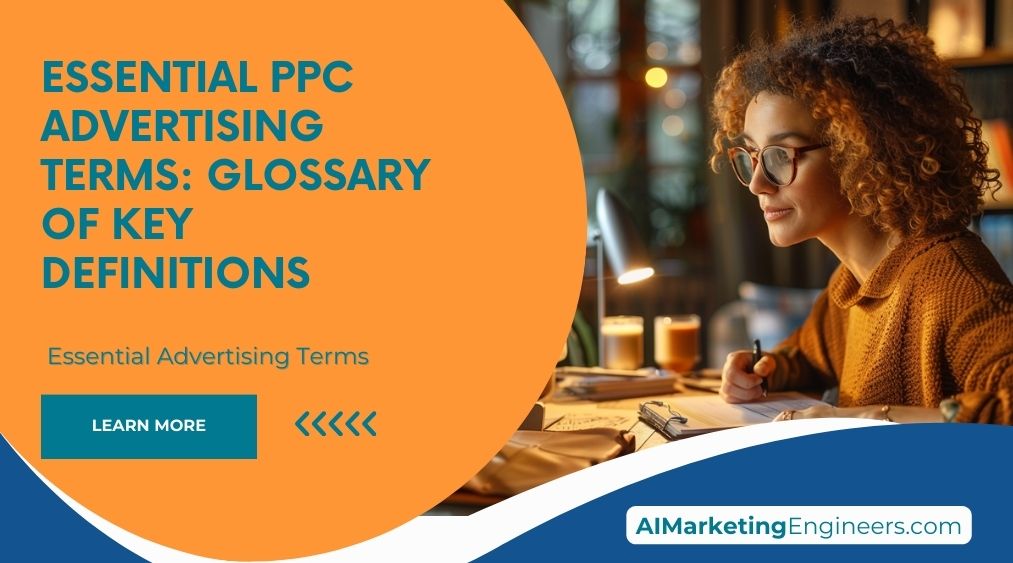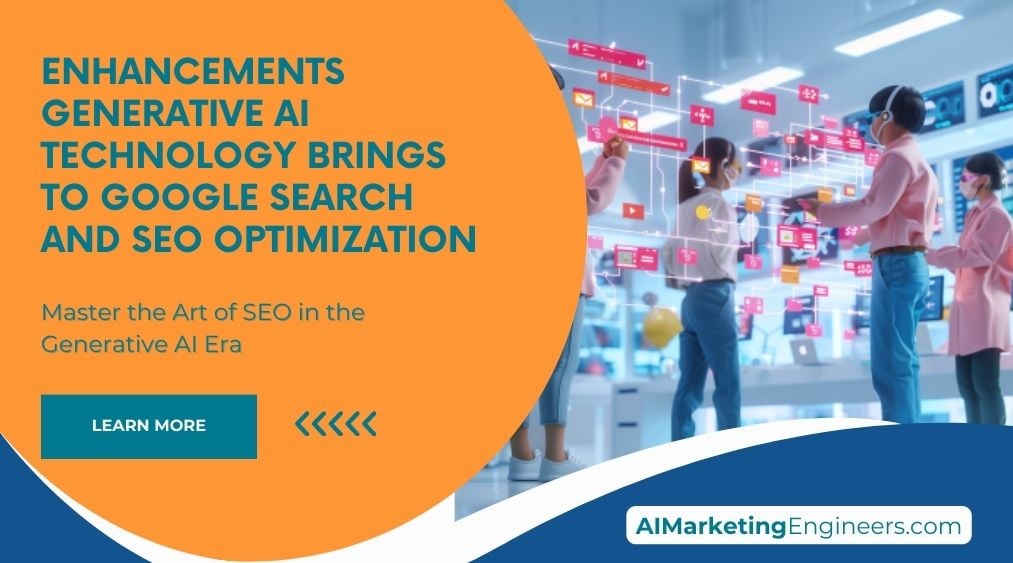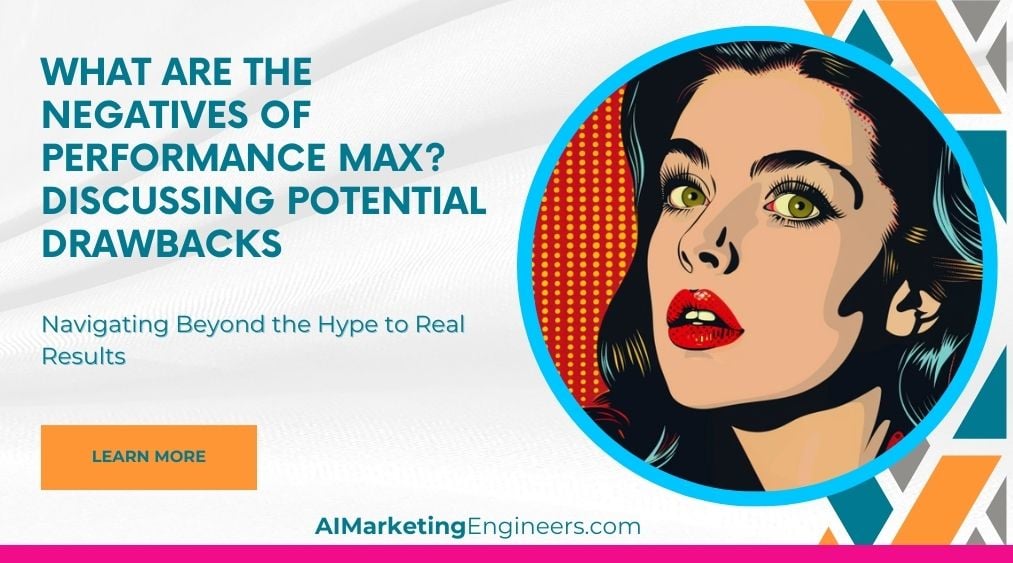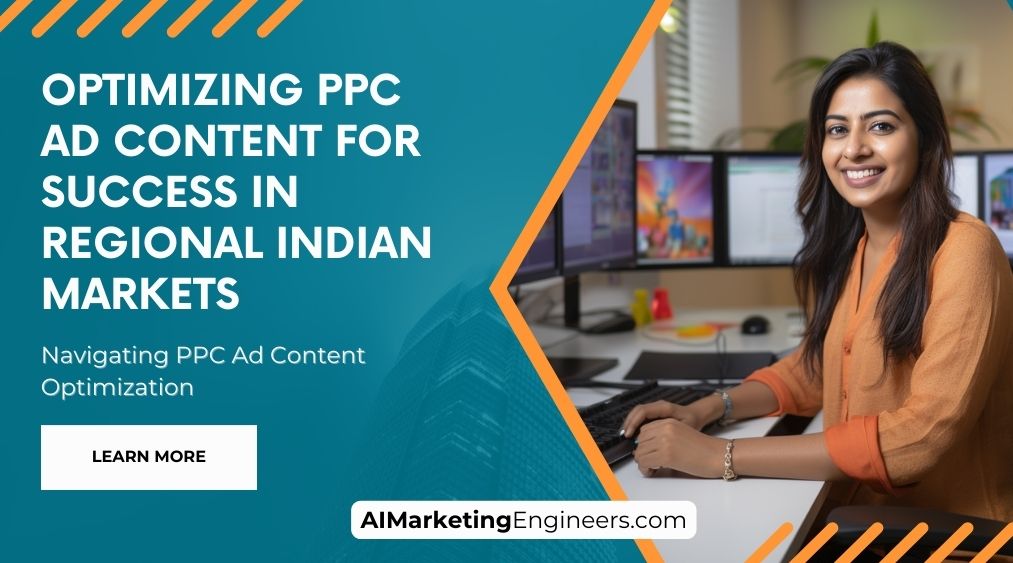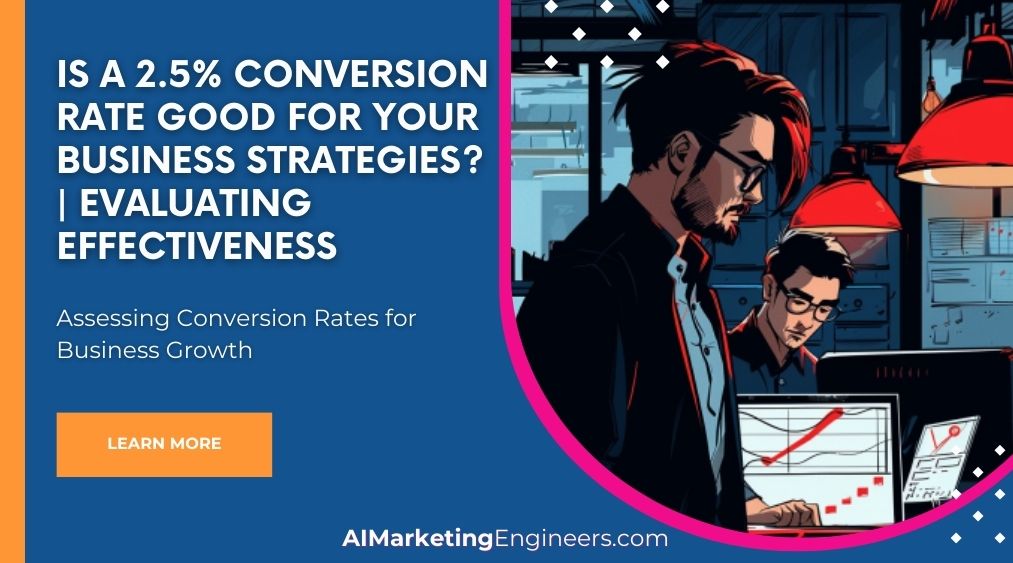Key Takeaways
✅ Pay-Per-Click (PPC): Picture this: every click on your ad is like a virtual handshake between you and your potential customer. PPC is your way to get noticed in the crowded online landscape by making that connection through search engines like Google or Bing. Think of it as an on-demand way to attract visits to your site, but remember, every click comes with a price tag.
✅ Cost-Per-Click (CPC) and Cost-Per-Thousand (CPM): Money talks in PPC, and CPC is how you listen. It's the dollar amount you pay when someone clicks your ad. Now, if you want to play the long game and get your ad seen rather than clicked, that's where CPM comes in – paying for every thousand glimpses of your ad. To smartly spend your budget, you need to know which of these cost strategies aligns with your marketing mission.
✅ Conversion and Conversion Rate: Why do all of this? Conversions – the ultimate goal of your ad clicking adventures. Whether it's making a sale, getting a signup, or another action, conversions are the trophy in PPC. Conversion rate tells you how well your ads are working; it’s like a report card showing the percentage of visitors who go from guests to participants in your online space.
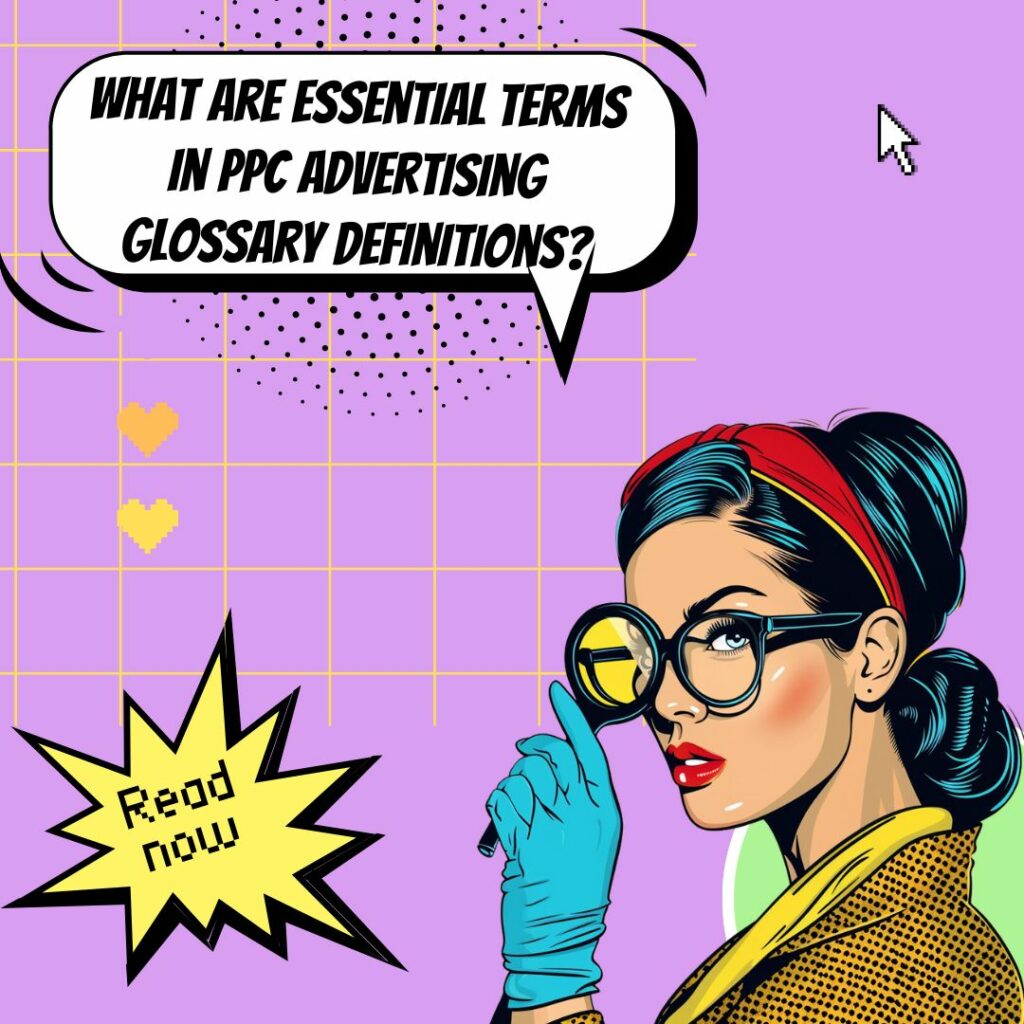
Introduction
Ever wondered how businesses make their products pop up just when you're searching for them? Or how that pair of shoes you glanced at follows you around the internet like a loyal puppy? Welcome to the dynamic world of PPC advertising, where strategic placement meets the power of persuasion.
In this ever-evolving battlefield for visibility, knowing the nuts and bolts of your PPC campaign could mean the difference between a meteoric rise or a budget-draining flop. With so many buzzwords and complex phrases, it's easy to feel lost. Whether you're a seasoned pro looking to sharpen your arsenal or a newcomer ready to take the plunge, this article is your ally. We'll demystify the jargon and hand you the keys to a kingdom where ads turn into action, and clicks convert to cash.
Brace yourself, as we dive into a treasure trove of terms that promise not just understanding but mastery of the tools needed to maximize your ROI. Our guide isn't just about making sense of the alphabet soup of CPCs and CPMs—it's about turning knowledge into power. Power to craft campaigns that captivate, convince, and convert. So, are you ready to unlock actionable insights and futuristic trends that will redefine your digital advertising strategies? Let's get started.
Top Statistics
| Statistic | Insight |
|---|---|
| Global PPC Advertising Spend: Projected to reach $156.4 billion by 2023. (Source: Statista) | This staggering number signals the sheer size of the industry and its importance in the digital marketing space. |
| PPC Search Engine Market Share: Google accounts for approximately 86% of the global market. (Source: StatCounter) | Google's dominance indicates that understanding and utilizing Google Ads is essential for a successful PPC strategy. |
| Mobile PPC Clicks: Over 50% of all PPC clicks come from mobile devices. (Source: WordStream) | The prevalence of mobile devices highlights the need for mobile-optimized advertising campaigns to reach audiences effectively. |
| Average PPC Conversion Rate: About 2.35% across industries. (Source: WordStream) | Known as a critical performance metric, this conversion rate serves as a benchmark for marketers aiming to evaluate and improve their ad campaigns. |
| PPC Industry Growth: Expected to grow at a CAGR of 12.5% from 2020 to 2025. (Source: Grand View Research) | The anticipated growth showcases the industry's ongoing evolution and the opportunity for businesses to capitalize on emerging PPC trends. |
Understanding the Basics of PPC Advertising
Diving into the world of PPC advertising starts with understanding its core concept: Pay-Per-Click (PPC). PPC is a digital marketing model where advertisers pay a fee each time their ad is clicked. This model helps businesses drive targeted traffic to their websites and achieve specific marketing objectives. Campaigns and ad groups organize these efforts, with campaigns focusing on broad business goals and ad groups targeting specific keywords or audience segments. This structured approach enhances ad relevance and effectiveness.
Crafting Effective Ads and Selecting Keywords
Your ads are the key to attracting potential customers and driving engagement. They can take various forms, including text snippets, images, or videos, and must be compelling to catch the viewer's attention. Keywords play a crucial role in this process, triggering your ads when users search for related terms. Strategic keyword selection ensures your ads appear to the right audience at the right time. Properly crafted ads and well-chosen keywords can significantly boost your campaign's visibility and click-through rates.
Bidding Strategies and Cost Considerations
Bidding is the process that determines how much you pay for each click on your ads. Different bidding strategies, such as Cost-Per-Click (CPC), Cost-Per-Thousand Impressions (CPM), and Cost-Per-Action (CPA), offer various ways to manage your advertising budget. CPC focuses on the price per click, CPM charges for every thousand views, and CPA only costs you when a specific action is completed. Choosing the right bidding strategy is essential for optimizing your campaign costs and maximizing return on investment.
Measuring Success: Conversions and Click-Through Rates
Success in PPC advertising is measured by conversions and click-through rates (CTR). A conversion occurs when a user takes the desired action after clicking your ad, such as making a purchase or signing up for a newsletter. The conversion rate indicates the effectiveness of your ads and targeting efforts. CTR, calculated by dividing the number of clicks by the number of ad impressions, helps assess your ad's appeal. Monitoring these metrics provides valuable insights into your campaign's performance and areas for improvement.
Enhancing Ads with Quality Scores and Extensions
Quality Score is a rating given by search engines that evaluates the relevance and quality of your ads. A higher Quality Score can lead to better ad placements and lower costs per click. Ad extensions add extra details to your ads, such as contact information or additional website links, making them more engaging. Using ad extensions can improve your ad's visibility and performance. Understanding and optimizing for Quality Scores and utilizing ad extensions are crucial steps in refining your PPC campaigns.
AI Marketing Engineers Recommendation
Recommendation 1: Prioritize Quality Score improvement for cost-efficiency in PPC: Quality Score is a metric used by search engines to determine the relevance and quality of your PPC ads. According to recent data, ads with higher Quality Scores tend to have lower cost-per-click (CPC) and higher ad positions. Focus on improving your ad's relevance and landing page experience to boost your Quality Score. This can be achieved by aligning your ad copy with searcher intent, using relevant keywords, and ensuring your landing page is user-friendly and informative.
Recommendation 2: Leverage Audience Targeting for enhanced PPC performance: With the constant evolution in search engine algorithms and user behavior, diving into audience targeting has become essential. Utilize audience segmentation such as demographics, interests, and behaviors to tailor your PPC campaigns. This strategy, backed by a Google study, suggests that marketers see a 20% increase in conversions when using personalized ads compared to generic ads. Implement audience targeting to ensure your ads reach the right people at the right time, ultimately increasing your click-through rates and ROI.
Recommendation 3: Implement Automated Bid Strategies for operational efficiency: Managing bids can be time-consuming and complex. Embrace automated bid strategies to optimize your bids in real-time. Tools like Google's Smart Bidding use machine learning to analyze millions of signals to optimize for conversions and conversion values. By using such tools, businesses have experienced up to 30% more conversions at a similar cost per action (CPA). Adopting automated bid strategies can save time, reduce human error, and improve campaign performance significantly.
Relevant Links
- Unlock Your Digital Marketing Potential with AI
- Dominate Baidu: Advanced SEO Techniques for the Chinese Market
- Mastering Google Ads: Top Strategies for PPC Campaigns
- Become a Pro at Facebook Ads: Techniques for Social Media Success
- Crack the Code of Email Marketing in the Russian Market
Conclusion
In the ever-changing and intricate world of PPC advertising, a solid grasp of the main terminology is more than just beneficial—it's virtually essential. From understanding what goes into a Campaign to knowing how to fine-tune ads using Ad Extensions, the language of PPC can shape the destiny of your digital marketing efforts. Terms like Keywords, Bidding, and Quality Score are not just industry buzzwords; they are critical components that can determine the effectiveness and efficiency of your online promotions.
Yet, beyond memorization, these terms embody strategies and concepts that can drastically improve online advertising performance. A well-managed campaign with carefully selected Negative Keywords and thoughtfully targeted Ad Groups can significantly reduce costs while enhancing your visibility to the right audience. The interplay between Conversion Rates, CTR, and CPA offers a multi-faceted view of campaign health, offering clear indications of where to invest and where to adjust.
In short, knowing these terms isn't just about speaking the language; it's about leveraging it for results. As we look to the future, the importance of these concepts will only grow as the digital marketplace becomes more competitive. The businesses that take the time to understand and apply these definitions in their PPC strategies are the ones that will ultimately see a greater return on their investment. So, ask yourself: How well do you know the language of PPC, and more importantly, are you using it to its full potential?
FAQs
Question 1: What is PPC?
Answer: PPC stands for Pay-Per-Click, a model of internet marketing where advertisers pay a fee each time one of their ads is clicked. Essentially, it’s a way of buying visits to your site, rather than attempting to “earn” those visits organically.
Question 2: What is an Ad Campaign?
Answer: An ad campaign is a set of advertisements that revolve around a single message and are intended to achieve a particular goal. For example, the goal could be to increase brand awareness or to boost the sales of a certain product.
Question 3: What are Ad Groups?
Answer: Ad groups are collections of ads within a campaign that target a shared set of keywords. They are used to organize the advertisements within a campaign by a common theme, which makes managing the campaign easier.
Question 4: What are Ad Extensions?
Answer: Ad extensions give you the ability to display extra information with your ads, such as an address, phone number, store rating, or more webpage links.
Question 5: What is Ad Relevance?
Answer: Ad relevance is a measure used to determine how closely related your keyword is to your ads. High ad relevance can contribute to a higher quality score, which can lead to lower costs and better ad positions.
Question 6: What is Ad Scheduling?
Answer: Ad scheduling, also known as dayparting, allows you to specify certain hours or days of the week when you want your ads to show. It can align with the times you expect your customers will be most interested based on their behavior.
Question 7: What is A/B Testing?
Answer: A/B testing, in the context of advertising, is a method to compare two versions of a webpage or app against each other to determine which one performs better.
Question 8: What is Cost-Per-Click (CPC)?
Answer: Cost-Per-Click (CPC) refers to the actual price you pay for each click in your pay-per-click (PPC) marketing campaigns.
Question 9: What is Cost-Per-Acquisition (CPA)?
Answer: Cost-Per-Acquisition (CPA) is an online advertising model where advertisers pay for a specified acquisition - for instance, a sale, click, or form submit (e.g., contact request, newsletter sign up, registration etc.).
Question 10: What is Cost-Per-Thousand (CPM)?
Answer: Cost-Per-Thousand (CPM) is a marketing term used to denote the price of 1,000 advertisement impressions on one webpage.
Academic References
- PPC Hero. PPC Glossary. This comprehensive guide from PPC Hero defines various terms and acronyms in PPC advertising, such as negative keywords, opportunities tab, and pay-per-click management, thereby providing an essential resource for grasping PPC vocabulary.
- Zelst. PPC Glossary. Serving as a digital marketing glossary, Zelst's documentation explains critical PPC terms including A/B testing, ad campaigns, and ad relevance, offering a deeper understanding of PPC terminology which is crucial for strategizing and optimizing PPC campaigns.
- OHO Interactive. PPC Glossary. This glossary addresses the need-to-know digital marketing terms related to the functioning and strategy of ad types, placement, and performance, with a focus on core metrics like clicks, click-through-rate, and conversion, providing a reliable foundation for analyzing ad efficiency.
- Lunio. PPC Glossary. Featuring over 100 common PPC terms and acronyms, Lunio's detailed glossary, including insights on A/B testing and ad delivery, is a valuable resource for anyone looking to build or refresh their PPC lexicon in the dynamic field of digital advertising.
- Oneupweb. Paid Search Glossary. This accessible glossary allows brands and marketers to familiarize themselves with PPC terminology such as AdWords and banner ads, underpinning the significance of understanding these terms in the development of effective paid search strategies and measurement of campaign performance.
